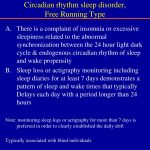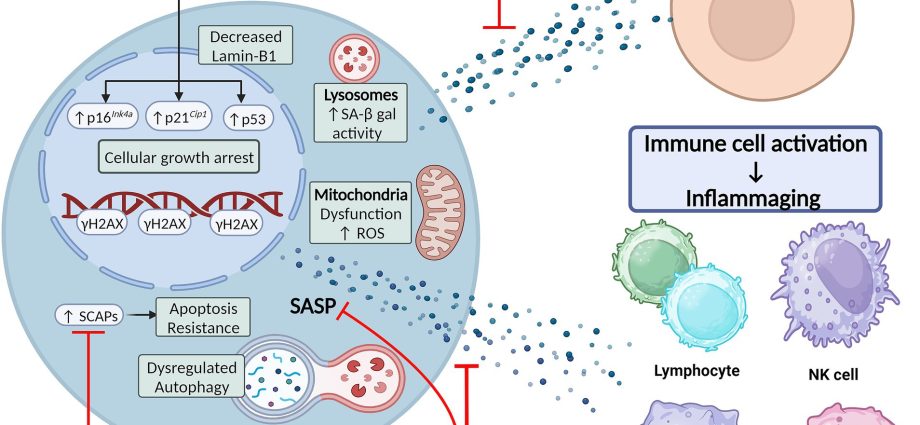Let’s be honest—no one wants to age. Wrinkles, stiff joints, fading energy… it’s like your cells are slowly forgetting how to function. But what if we could hit the rewind button? That’s where cellular senescence reversal comes in—a field of research that’s turning sci-fi dreams into lab-coat reality.
What Is Cellular Senescence, Anyway?
Imagine your cells as tiny factory workers. Over time, some get tired, damaged, or just… stop working. These “zombie cells” (scientists call them senescent cells) don’t die—they linger, spewing out inflammatory chemicals that speed up aging. Think of it like leaving rotten apples in a basket: eventually, they spoil the whole bunch.
Why Senescence Matters for Longevity
Here’s the deal: clearing these zombie cells isn’t just about vanity. Studies show it could:
- Extend lifespan (in mice, by up to 30%—yes, really)
- Reduce chronic inflammation (the root of diseases like Alzheimer’s and arthritis)
- Improve organ function (hello, younger-feeling liver and heart)
How Scientists Are Reversing Senescence
Okay, so how do we ditch these zombie cells? Well, researchers are attacking the problem from three angles:
1. Senolytics: The Zombie Cell Assassins
These drugs (dasatinib and quercetin are the big names) literally tell senescent cells to self-destruct. Early trials show they can improve lung function and even reverse frailty in older adults. Side effects? Still being studied—but the potential is wild.
2. Reprogramming: Cellular Time Travel
This one’s straight out of a comic book. Using Yamanaka factors (a Nobel Prize-winning technique), scientists can “reset” cells to a younger state. In 2020, a study made old mice’s retinas young again. The catch? Too much reprogramming can cause cancer—so it’s a delicate dance.
3. NAD+ Boosters: The Cellular Battery Recharger
NAD+ is a molecule that fuels cell repair. Problem is, levels drop with age. Supplements like NR (nicotinamide riboside) aim to replenish it. Some users report better energy and muscle recovery—though the science isn’t fully settled yet.
The Ethical (and Practical) Hurdles
Sure, living to 150 sounds cool—but what about overpopulation? Healthcare costs? The ethics are messy. Plus, current treatments are pricey (NR supplements can cost $100/month). Still, as billionaire-backed startups like Altos Labs throw cash at the problem, costs should drop.
What’s Next in Longevity Research?
The field’s moving fast. Keep an eye on:
- Gene therapy trials targeting senescence (human trials expected by 2025)
- AI-driven drug discovery (machine learning is screening millions of compounds)
- Personalized senolytics—because your zombie cells might differ from mine
Honestly? We’re not talking about immortality here. But adding a decade of healthy years? That’s within reach. And that’s something worth getting excited about.











